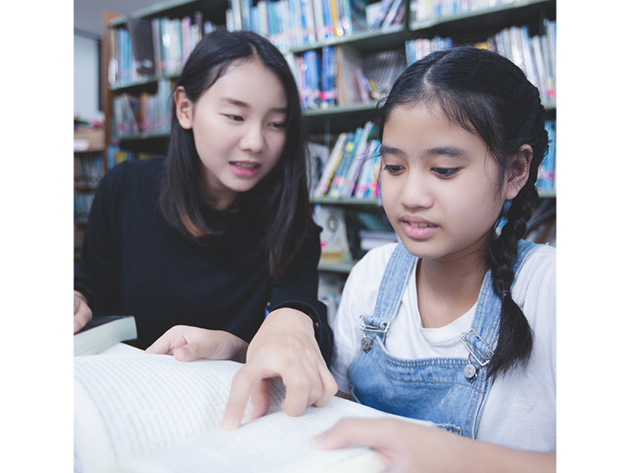Language learning shapes how children think, communicate, and understand culture. For preschoolers in Singapore, Chinese can be a challenging subject if introduced in a rigid way. However, making lessons enjoyable increases motivation and helps children absorb knowledge more naturally. Preschool Chinese tuition that incorporates creative approaches allows children to learn through play, music, stories, and interactive activities. A Chinese tuition centre in Singapore that adopts these methods transforms learning into an engaging experience, helping young learners build confidence and fluency.
Learning Through Music and Rhymes
Children naturally respond to rhythm and melody, making songs and rhymes effective tools for language learning. In preschool Chinese tuition, music introduces vocabulary in a memorable way. Repetition through singing helps children remember words and phrases, while rhymes familiarise them with tones and pronunciation. Songs also make lessons lively, encouraging children to participate with enthusiasm and creating positive associations with the language.
Storytelling for Language Immersion
Stories capture imagination while teaching valuable language skills. A Chinese tuition centre in Singapore may use picture books, folktales, or modern stories to engage children. Listening to stories enhances comprehension, while retelling or acting out scenes improves speaking ability. Through storytelling, preschoolers expand their vocabulary and learn sentence structures naturally. The interactive nature of stories also helps children connect emotionally with the language, making learning more meaningful.
Interactive Games for Active Learning
Games keep children engaged while reinforcing language concepts. Preschool Chinese tuition can include activities like matching cards, role-playing, or word hunts. These games encourage participation and make learning enjoyable rather than stressful. Interactive play motivates children to use new words in context, strengthening recall and confidence. By combining fun with structure, games transform practice into an exciting experience.
Role-Play and Everyday Scenarios
Role-play introduces children to everyday conversations in a practical and interactive way. In preschool Chinese tuition, children may act out scenarios like ordering food, greeting others, or shopping. These exercises make the language more relatable and help children understand how it is used in real-life situations. Role-play builds confidence in speaking and helps children overcome hesitation by practising in a safe environment
Arts and Crafts to Reinforce Vocabulary
Hands-on activities such as drawing, colouring, or simple crafts help children associate Chinese words with objects and actions. For example, creating artwork related to animals or food introduces relevant vocabulary in a creative way. Preschoolers enjoy the process while reinforcing what they have learned. This method also supports kinaesthetic learners who grasp knowledge better through movement and activity.
Visual Aids and Technology Integration
Children respond well to visuals, which is why charts, flashcards, and digital tools enhance learning. Some Chinese tuition centres in Singapore integrate multimedia tools to make lessons more interactive. Videos, animations, or educational apps capture attention and support different learning styles. These resources simplify complex concepts and keep preschoolers interested, ensuring lessons are engaging and easy to follow.
Learn More: Navigating O Level Chinese: Tips for Top Exam Performance
Group Activities for Social Learning
Learning in groups encourages children to practise speaking and listening while interacting with peers. Preschool Chinese tuition often includes group songs, discussions, or cooperative tasks that promote teamwork. These activities help children develop social confidence while using Chinese in a supportive setting. The collaborative nature of group learning creates a sense of community and motivates children to participate actively.
Creating Positive Learning Habits
The ultimate goal of creative teaching is to make children view language learning as enjoyable. When preschoolers associate Chinese lessons with fun experiences, they develop a positive attitude towards studying. These habits stay with them as they progress to higher levels, making future learning less intimidating. By cultivating curiosity and interest, early creative approaches lay the groundwork for lifelong language learning.
Preschool Chinese tuition becomes more effective when delivered through creative and engaging methods. Music, stories, games, and interactive activities turn learning into a rewarding experience for children. A Chinese tuition centre in Singapore that incorporates these approaches provides young learners with the tools to build confidence, cultural awareness, and strong communication skills. Making learning fun ensures children embrace Chinese with enthusiasm from the very beginning.
For more information about preschool Chinese tuition services, contact Tien Hsia Language School today.




